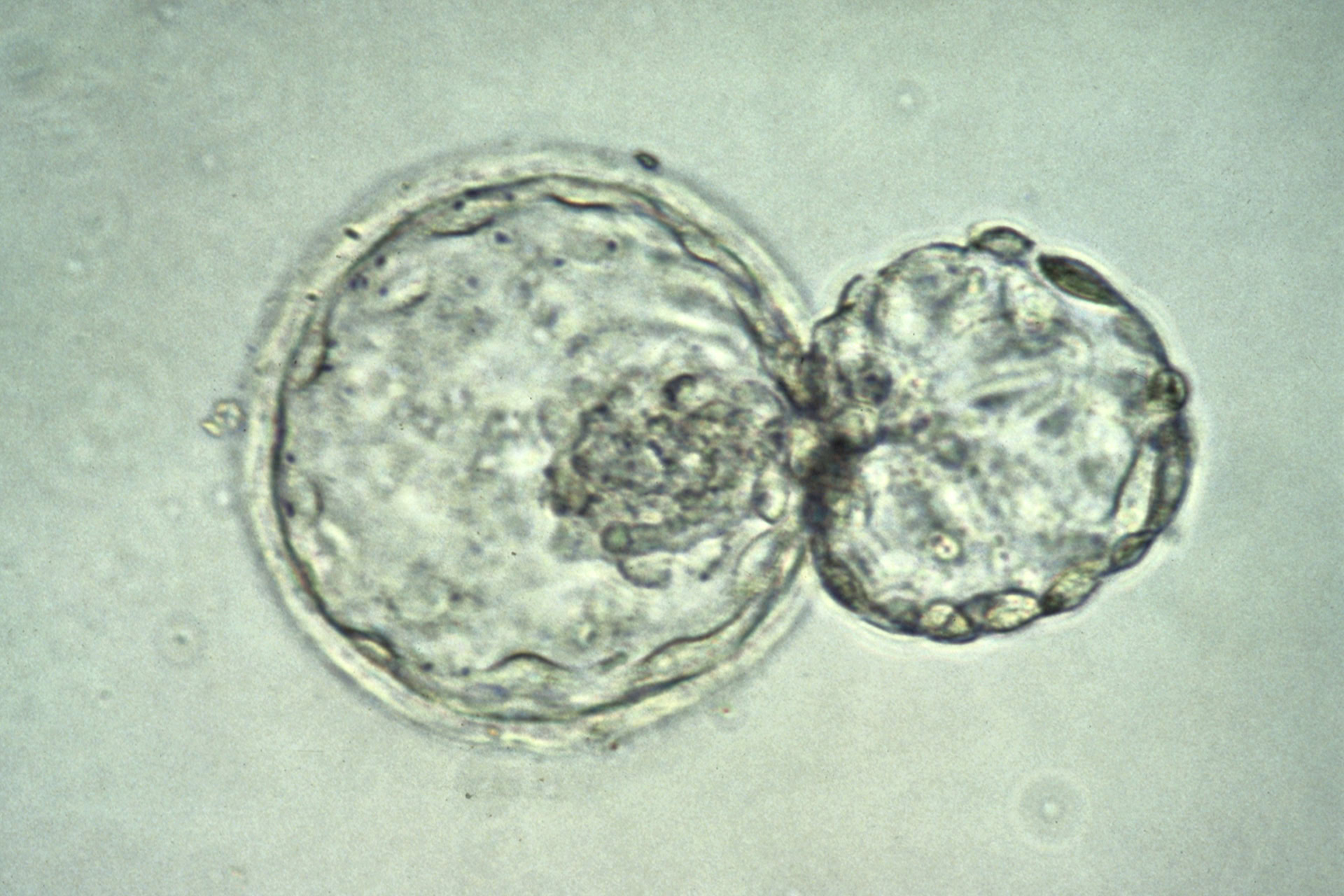Researchers at the Massachusetts General Hospital Cancer Center and Center for Regenerative Medicine have pinpointed key genetic differences between mouse embryonic stem cells (ES cells) and induced pluripotent stem cells (iPS cells), which might help to explain the lower efficiency and robustness of iPS cells compared to ES cells.
Both ES and iPS cells are 'pluripotent' - they can self-replicate and generate all forms of tissue in the body - but the two cell types originate from different sources. ES cells are derived from early stage embryos, whereas iPS cells are reprogrammed into an ES cell-like state from adult tissue, such as skin or blood cells.
In a presentation at the New York Academy of Sciences on 23 March, and later reported in Nature News, Matthias Stadtfeld described that iPS cells were less efficient at incorporating into chimeric mice than ES cells, an experiment which tests a cell's pluripotency. The researchers, led by Dr Konrad Hochedlinger of Harvard University Department of Stem Cell and Regenerative Biology, also found that gene activity on chromosome 12 was significantly different between the two cell types. Several microRNA sequence - small molecules which affect the activity of target genes - were activated in ES cells but silenced in iPS cells in a section of DNA on the long arm of chromosome 12. Dr Stadtfeld pointed out that this region of chromosome 12 is also silenced in mouse sperm cells and therefore that the process of reprogramming adult cells into iPS cells may have similarities to the silencing process in sperm cells.
Sheng Ding, from the Scripps Research Institute in California, commented, 'this is an important step towards identifying the differences that may exist in those imperfectly reprogrammed cells'.
IPS cells are reprogrammed by modifying four key genes using retroviruses, turning them into an embryo-like state. They are known to be more fragile, slower to divide and less efficient in generating specialised cells, like neurons, than ES cells. Scientists have also previously found genetic differences between the two cells types, however, because of their different origins, it has been difficult to determine whether these differences are due to the source, or to intrinsic differences between the cell types. To overcome this uncertainty, the researchers derived iPS and ES cells with identical genomes.
Dr Hochedlinger and his team are now investigating whether similar differences to those found in mice iPS cells are also present in human iPS cells, in order to identify the most robust iPS cell lines.
Matthias Stadtfeld said, 'it points towards the possibility that hot spots for epigenetic abnormalities exist also in human iPS cells. A profound abnormality like that could confound results obtained with patient-specific iPS cells.'





Leave a Reply
You must be logged in to post a comment.